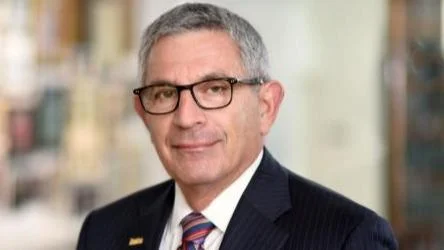
Golf is celebrated for its leisurely pace and physical benefits, but improper form can lead to injuries. Dr. Adil Ahmed, an orthopedic surgeon from Baylor College of Medicine, offers insights into making golf a lifelong hobby.
Golf offers a low-impact workout, particularly with course walking. However, it requires proper preparation. Before and after a round, players should stretch muscles such as the hamstrings, groin, torso, and abs to avoid injury. "Your muscles are at the center of explosive movement, so when you don’t warm up, muscle strains can happen," said Dr. Ahmed, emphasizing the importance of warming up thoroughly, focusing on body rotation and readiness, especially in the shoulders.
Injuries in golf often stem from repetitive movements, with common issues including bicep tendonitis, labral injuries, bursitis, and shoulder complications. Improper or insufficient warm-up routines can exacerbate these problems. Shoulder stiffness, in particular, affects the scapula's fluid movement, leading to potential wrist injuries if a golfer hits the ground during a swing.
Persistent pain or discomfort should prompt a form review, focusing on hip rotation and leg positioning. Ahmed advises seeking an evaluation if pain continues, as it might indicate a severe injury like a labral tear. "If you’re painful or stiff in one area, there is a natural tendency to overcompensate," noted Ahmed, highlighting the need for synchronized body movement.
Recovery from golf-related injuries typically responds well to nonsurgical treatments. Physical therapy can be crucial, helping focus on form, motion, and posture while ensuring muscle strength and stability. Over-the-counter anti-inflammatories can also aid recovery.
While golf itself doesn't require substantial strength, incorporating weightlifting and strength training is vital to maintain muscle, bone, and joint health, allowing individuals to enjoy the sport into their later years. "The sport itself doesn’t require a lot of strength or explosive activity, but strength training is critical for muscles, bones and joints," said Ahmed, advocating for strength training's role in golf longevity.